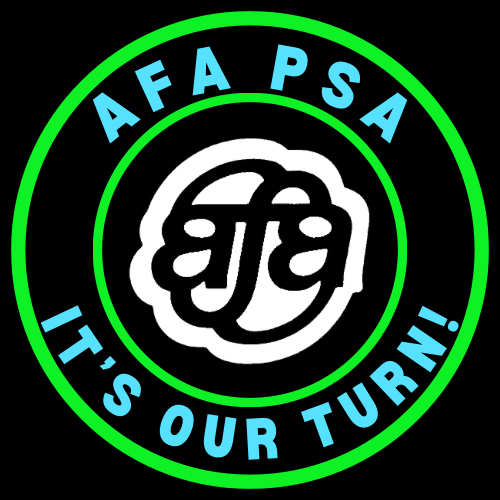The Master Executive Council is the chief governing body for the members on that airline. It functions as a coordinating Council for those members and addresses issues that are identified by the Local Councils at that airline.
The MEC includes each of the LEC Presidents who then elect an MEC President, Vice President and Secretary Treasurer. The LEC Presidents along with the elected MEC officers comprise the MEC, however, the voting members of the MEC are only the LEC Presidents. The MEC President may vote only if they are also a LEC President or in some cases to break a tie. The MEC Officers are considered ex-officio members, meaning they have the right to participate in the discussions and suggest resolutions.
When a multi-council MEC comes together, leaders are well advised to put on their ‘MEC hat’, broadening their focus from the needs and concerns of local members only, to the best interests of the carrier as a whole. In this larger body, all MEC members make contributions to implement policy, address Flight Attendant concerns, communicate with and engage members, and uphold and make improvements to the contract.
Setting MEC Priorities:
The MEC’s priorities should be driven by the concerns of all Flight Attendants at the airline.
If a LEC President has a problem that needs to be addressed at the MEC level, they should write an agenda item for the next meeting, providing a statement of question, background information, and a proposed resolution. They may also want to contact the other MEC members to educate them and answer questions prior to the meeting. If an LEC President determines their concern requires immediate consideration, they may request or compel a special meeting
pursuant to the provisions of the Constitution and Bylaws.
If an MEC Officer becomes aware of an issue that needs to be addressed by the MEC, the MEC President should notify the entire MEC of the concern and determine whether a special call/meeting is required.
Decision Making (Voting):
MECs run most efficiently when their meetings are run using a more formal process, such as the Standard Code of Parliamentary Procedure, and do business through agenda items and agenda committees.
When an issue has been properly presented to the MEC for consideration, the MEC must discuss and vote on the issue. It is important for each voting member of the MEC to listen carefully as business is introduced and debate ensues. They have a Constitutional responsibility to represent their members’ interests within the MEC while balancing the needs of all members of the airline. Proper consideration includes asking the right questions, knowing when to make a motion, responding to questions from the chair, and deciding how to vote on an issue. If time permits, the Local Council President should consult with their fellow Local Council Officers.
Once the issue has been fully discussed, it’s time for the vote. Normally, the vote will be taken with each Local Council President casting one vote. Constitutionally, with the exception of electing Officers, System Board Members and Committee Chairs, any Local Council President may ask for a roll call vote. When a roll call vote is taken, each Local Council President will cast one vote on behalf of each member in good standing from within their Local Council. These voting numbers should be obtained from AFA’s membership services department prior to the meeting and ratified by the MEC at the beginning of the meeting. Whether voting by council or via a roll call, a majority of votes decides the issue.
Negotiations:
Negotiating and upholding our contract is the top priority of any MEC. This is an MEC function because the contract affects all Flight Attendants at the carrier. It is the MEC’s responsibility to select the negotiating committee. Pursuant to the Constitution and Bylaws, the MEC President is automatically a member of the negotiating committee, and additional members are determined based on the size of the airline.
Our Union prides itself on member involvement in the negotiations process. Once elected, the negotiating committee surveys the members to determine their priorities. The negotiating committee should also solicit input from MEC Committee Chairs on possible changes to the contract affecting their area of expertise. Once the member priorities are identified and ranked in order of importance, the negotiating committee constructs the contract opening proposal. The MEC must give its final approval before the opener is presented to management.
Contract Enforcement:
Contract enforcement requires a forceful and persuasive MEC Grievance Chairperson who works closely with the assigned AFA Staff Attorney. Their role is to coordinate and keep master records of all grievances filed across the MEC. From those records, they can identify trends and make sure that management isn’t trying to circumvent or violate our rights under the contract and applicable law.
Another contract enforcement function that the MEC conducts is screening grievances at the System Board level. Each MEC decides, in conjunction with their Staff Attorney, on the process of determining which cases will be scheduled for arbitration and which cases will be withdrawn or not pursued further. While the committee’s make-up and process is determined by each MEC, it generally involves a subcommittee of the MEC, including the MEC Grievance Chair, MEC President and the Local Council President from the Local out of which the grievance arose.
